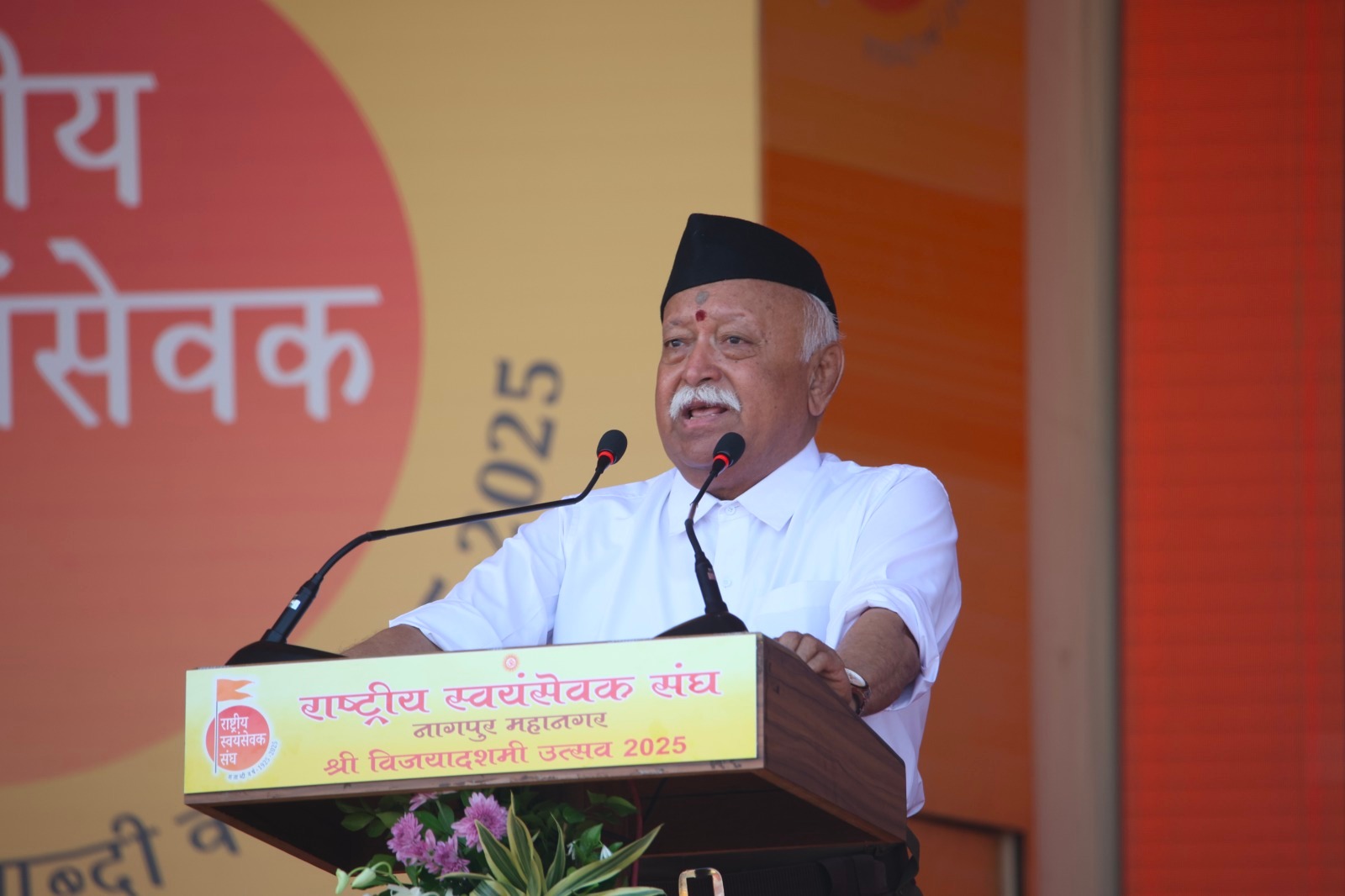As Bhutan Naresh Jigme Khesar Namgyel Wangchuck plans to develop a massive city with international standards, while maintaining the sanctity of its environment, tradition and peace, at Gelephu border locality, Assam can also dream to harvest some benefits in future. The Oxford-educated monarch announced on Bhutan’s 117th National Day last December that the Gelephu Mindfulness City would cover 1,000 square kilometers on a flatland in the south-eastern Himalayan foothills. Gelephu is designed as a sustainable urban venture with minimal carbon emissions with all basic amenities and precisely to be enriched with a culture of peace. The modern city, which would function like Singapore to southeast Asia and Dubai to the Middle East, is having a world-class infrastructure including residential campuses, office premises, educational and healthcare institutions and recreational facilities.
The young king, who functions as President of Bhutan, is seeking to revolutionize his age-old monarchy, sandwiched between India and Tibet, with the concept of gross national happiness (instead of gross domestic product as an economic and social benchmark). Bhutan, also known as the Land of the Thunder Dragon, had slept relatively peaceably since the 16th century until the 1970s when Jigme Singye Wangchuk, crowned in 1972 and the current Dragon King’s father, determined in the 1980s that his isolated kingdom’s measure of prosperity should be GNH rather than crass GDP. Prosperity would be balanced against the health of Bhutan’s natural environment, its people and its culture, with a view to capitalize on the economic corridor linking south to southeast Asia. Businesses are to be screened based on their respect for the Bhutanese way of life, sustainable and equitable development and sovereignty. To be governed by the Gelephu authority under business-friendly laws along with a separate national bank, the initiative focuses on tourism, health & wellness, education & research, green energy & spirituality, where the king ensures the rule of law and protection of investments from Bhutanese to foreign nationals.
The mystic land, while focusing on the mental, emotional and social well-being of the Bhutanese, offers a refreshing idea in contrast to the global community’s growth-oriented economic model. It shares an international 699-km border with four northeastern Indian states, Sikkim, West Bengal, Assam and Arunachal Pradesh, with Assam having the longest 266 km land boundary with Bhutan with settlements in both-sides. For centuries, both regions have remained connected economically and socially as the far eastern part of India, almost severed geographically by the Bangladesh boundary, was known as Kamrup and later emerged as present day Asom. For some days, Assam’s separatist armed militants started operating from Bhutan’s southern territory and subsequently were flushed out by Bhutanese armed forces in 2003. Recently, an immigration check post was inaugurated at Darranga, adjacent to Bhutan’s Samdrup-Jongkhar locality, through which international tourists can enter and exit, akin to more recognized points like Phuentsholing or Paro.
Currently a small town adjacent to Assam’s Hatisar village, Gelephu is connected to other localities including the country’s capital Thimphu. For Indian traders and tourists it was an important commercial point, exporting a varied range of traditional soaps, candles, incense sticks, wooden items and other forest. Now the relatively undeveloped town is waiting to own an international airport and other modern infrastructure to promote it as a regional economic hub. Lately, Indian authorities plan to construct an all- weather road and lay railway tracks connecting Gelephu with Kokrajhar town. Recently, Assam chief minister Himanta Biswa Sarma visited the India-Bhutan border areas adjacent to the headquarters of Bodoland Territorial Council. Sarma, who visited Thimphu a few days back to grace their 117th National Day celebrations, emphasized on developing all important infrastructure projects in the border areas. He visualized that with the activities of Gelephu, western part of Assam will also get subsequent advantages. As Gelephu can be connected to Kokrajhar, Bongaigaon and even Guwahati within a few hours of travel, the entire area can harvest various benefits from the unique project in the coming days. It’s only hoped that both the governments in New Delhi and Dispur will formulate pragmatic policies keeping an eye on the Gelephu project so that the traders as well as local residents can enjoy the fruits of developments without discrimination.
Looking forward for Gelephu project



